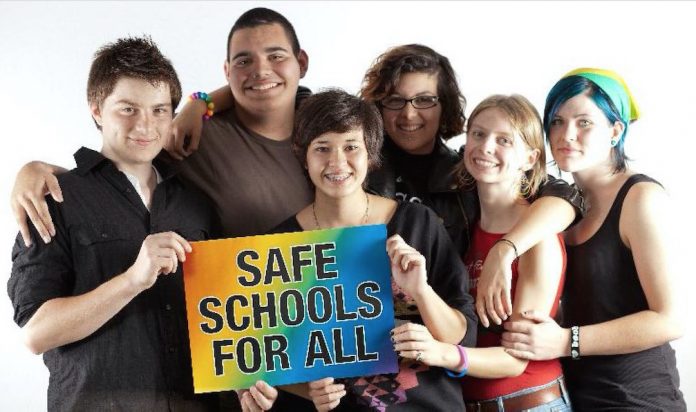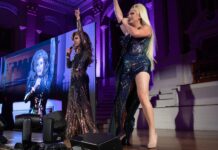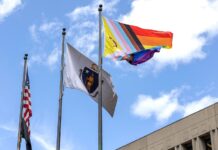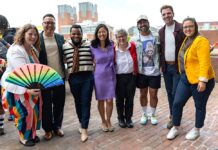
Lessons on the 1969 Stonewall riots and writing by Langston Hughes and Willa Cather and other notable LGBT authors are all just part of a new curriculum that includes LGBT-themed history, literature and health education to be included in Massachusetts Public Schools this fall.
“We talk about mirrors and windows,” Jeff Perrotti, director of the Massachusetts Safe Schools Program for LGBTQ Students, told the Boston Herald in a recent article. “Students need to see themselves reflected and see others who are different from themselves. It is important that all students feel safe, valued and respected in school so they can be ready to learn.”
“If students don’t see themselves in the curriculum, they are not as likely to pay attention,” said commission director Corey Prachniak-Rincon. “It is a huge demand we hear from teachers. They recognize part of the reason why LGBTQ students feel excluded is they’re not reflected and that part of their identity is ignored.”
The Boston Herald article went on to report:
The units won’t be required — all curricular decisions are made at the local level — but they’ll be available as a resource to districts, said Jacqueline Reis, state education department spokeswoman.
Boston high schools will be among the first to use the curriculum and have already begun training teachers on how to support students who are coming out or who may be struggling with acceptance at home and from their peers. The Boston Teachers Union has already worked to staff schools to help LGBTQ students.
“There is a lot of anxiety in coming out as a student,” said Jessica Tang, president of the BTU, who is openly bisexual. “This is important. It is still hard for students and teachers to come out.”
Teachers and students at Charlestown High School, Another Course to College, Boston Green Academy, Boston International Newcomers Academy and New Mission High School, in partnership with Boston Public Schools’ Safe and Welcoming Schools initiative, have been training teachers on how to support kids. …
Some 11 percent of Massachusetts high school students identify as gay, lesbian, bisexual or questioning their sexual orientation and 2.9 percent indicated they were transgender, according to the 2015 Youth Risk Behavior Survey.
Some 41 percent of LGBTQ youth have considered suicide. And LGBTQ kids are more likely to be homeless.
“There has been progress in general in society,” said Prachniak-Rincon. “Students are feeling more comfortable. Students are coming out much younger than they have. There may be support in school, but also a lot more students are dealing with it and they are dealing with it at a younger age.
“The issue of bullying, bias and discrimination — that is still a huge problem.”
Teachers say tasks from asking all students their gender pronoun while taking attendance at the beginning of the school year to putting up a “safe zone” sticker on the classroom door can make a difference in making students feel comfortable.
Kristin Comment, an English teacher at Belmont High School, said she already tries to include gay, lesbian and bisexual authors and stories, like Virginia Woolf’s “Mrs. Dalloway,” in her lessons just so kids can see themselves reflected. And she tries to normalize being gay, like when she talks about Walt Whitman, a gay poet and journalist.
“I would like to see more discussion of LGBTQ issues in the curriculum,” Comment said. “I don’t think there is enough yet. It is really up to classroom teachers to normalize being LGBTQ in the classroom. It is not only talking about it in the curriculum but being careful in the language they use, respecting the pronouns students use or not making heterosexist assumptions. Teachers can do a lot to help normalize LGBTQ. That would go a long way to make students feel safe.








